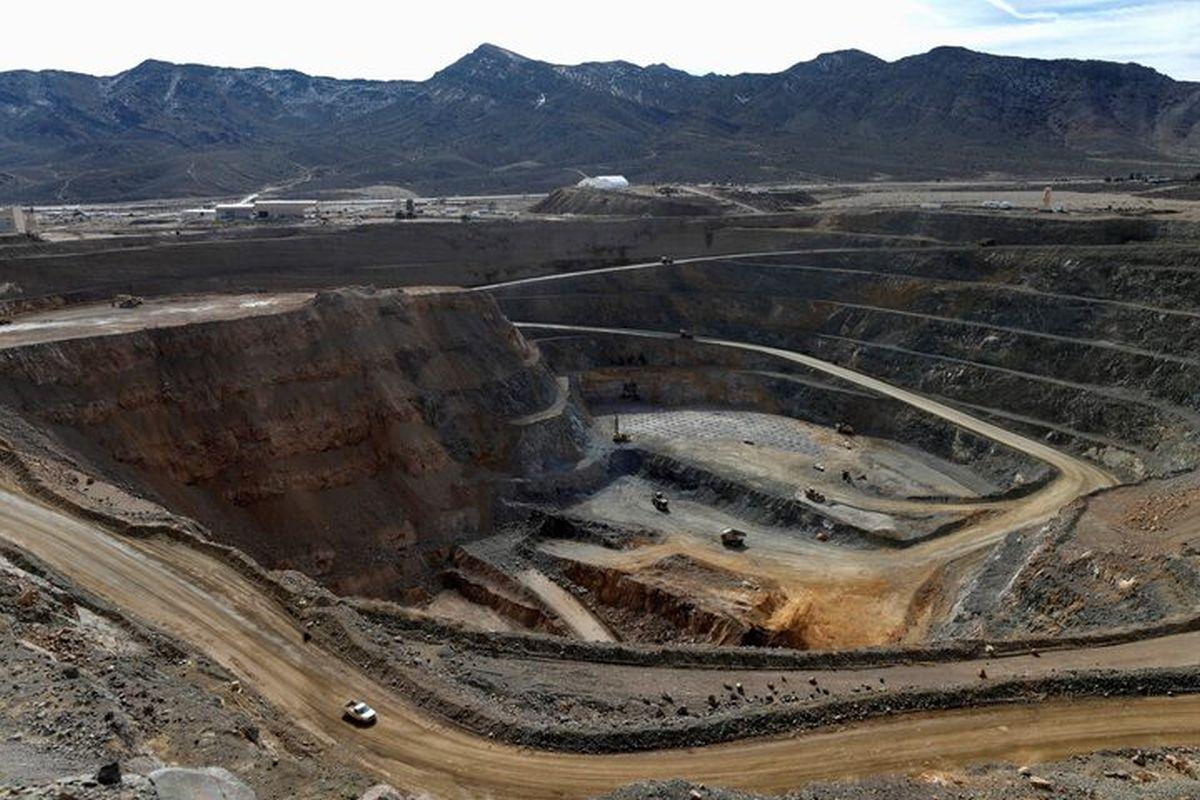Following the disruption in the supply of rare earth or permanent magnets after China’s notification on April 4, the mines ministry is planning to introduce a Rs 1,500 crore incentive scheme to recycle critical minerals, according to a top official.

IMAGE: A view of the MP Materials rare earth open-pit mine in Mountain Pass, California. Photograph: Steve Marcus/Reuters
In parallel, Midwest Advanced Materials (MAM), a Hyderabad-based company that specialises in researching and developing advanced materials and rare earth magnets, is in discussion with the Non-Ferrous Materials Technology Development Centre (NFTDC), Hyderabad, to acquire its technology for extracting and processing rare earth magnets, the official stated.
The incentive scheme for recycling will focus on critical minerals such as neodymium (a rare-earth element from the lanthanide series), copper, lithium, nickel, and cobalt, and will be part of the National Critical Mineral Mission (NCMM), announced in January.
“What we aim to do is incentivise the recycling of critical minerals. Rare earth magnets are included among these critical minerals.
“Recycling and retrieving old permanent magnets is challenging, but if someone wants to recycle neodymium, one of the four rare earths, we will provide incentives,” the official said, adding, “The scheme is in its final stage and will seek cabinet approval soon.”’
This initiative has been designed to attract more companies to set up operations in India and ensure that processing occurs domestically.
The official noted: “If we throw away a lot of these batteries, we can extract lithium from them.
“Companies already collect used batteries through scrap dealers, crush them, and extract lithium for resale.
“However, these companies argue that it is not viable due to regulatory and environmental constraints.
“We are offering incentives to encourage more companies to engage in this process.”
At present, several companies in India, including Attero Recycling, Lohum Cleantech, Gravita India Ltd, Umicore, Glencore, Li-Cycle Corporation, and RecycLiCo Battery Materials Inc are extracting lithium from used batteries.
However, the government wants to increase the number of firms up to 100 from current 10-12.
Currently, there is no scrap duty imposed on this process.
“A significant amount of scrap comes from abroad.
“With the incentive scheme, we can enhance recycling efforts.
“This approach accelerates the availability of critical minerals, while mining can be time-consuming,” the official stated.
Queries sent to the secretary and spokesperson for the mines ministry and MAM remain unanswered till the time of going to press.
Regarding the extraction and processing of rare earth magnets, the official said, “MAM has acquired the technology developed by the NFTDC, Hyderabad.
“The technology is being commercialised. In six months, we will be able to produce permanent magnets in India.
“However, the challenge is that automobile companies cannot afford to wait, and even if MAM succeeds, China could undermine their business by offering lower prices.”
Currently, IREL (India), formerly known as Indian Rare Earths Ltd, is the sole producer of rare earth elements in India and has a lengthy production timeline. India has auctioned two rare earth mines.
The official said: “We cannot claim that we can immediately supply rare earth magnets because establishing a supply chain takes time.”
IREL is close to the point of supply. Its three units — in Kerala, Odisha, and Tamil Nadu — are producing monazite from beach sand minerals, but it’s not enough to cater to the domestic demand.
From monazite, four rare earth elements — neodymium, praseodymium, dysprosium, and terbium — necessary for permanent magnets can be extracted.
Although rare earth elements are found in several countries, China dominates global supply, accounting for 61 per cent of production and 92 per cent of processing, according to the International Energy Agency.
India is recognised as the fifth-largest holder of rare earth elements (REEs) globally, with reserves estimated at 6.9 million tonnes.
However, Indian resources are relatively low in grade and associated with radioactivity, making extraction long, complex, and costly.
To transition from rare earth reserves to finished products, a comprehensive ecosystem is necessary.
This involves various stages such as regulatory approval, mining, beneficiation, extraction, refining, and alloy production.
For rare earth magnets, the process includes converting the alloy into magnets for use in energy-saving appliances, resulting in minimal usage of rare earths in the final products.




